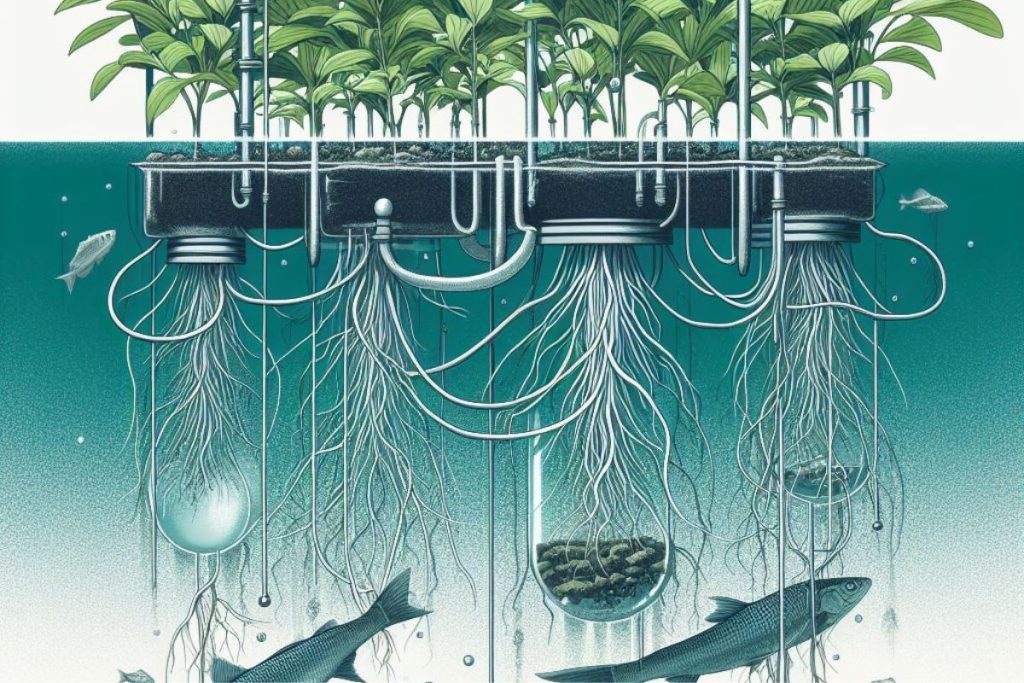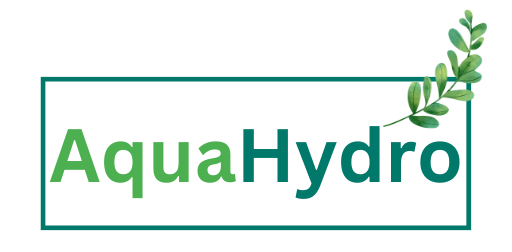In the ever-evolving world of agriculture and sustainable food production, the technique of Deep Water Culture Aquaponics stands out as a remarkable and innovative approach. At its core, Deep Water Culture (DWC) Aquaponics marries aquaculture and hydroponics, creating a harmonious ecosystem where fish and plants coexist and thrive, ultimately offering bountiful yields and environmental benefits. In this comprehensive guide, we, as experts in the field, will delve deep into the intricacies of Deep Water Culture Aquaponics, shedding light on its principles, setup, maintenance, and the myriad advantages it brings to the table.
Understanding Deep Water Culture Aquaponics
What Is Deep Water Culture Aquaponics?
Deep Water Culture Aquaponics, often referred to as DWC, is an aquaponic system that relies on the principle of suspending plant roots in nutrient-rich water. This technique eliminates the need for soil entirely, making it an efficient and space-saving method for growing a wide variety of crops. In DWC systems, fish waste serves as a natural fertilizer, providing essential nutrients to the plants while simultaneously purifying the water for the aquatic organisms.

The Key Components
To successfully establish a Deep Water Culture Aquaponics system, several key components are essential:
Fish Tank: This is the heart of the system, where aquatic organisms, such as tilapia or trout, are raised. Their waste, primarily ammonia, becomes a valuable nutrient source for the plants.
Grow Beds: These are the containers or trays where the plants are suspended. The plant roots dangle into the nutrient-rich water, absorbing the essential nutrients they need for growth.
Aeration System: Oxygen is vital for both the fish and the plants. An aeration system ensures that the water is oxygenated, creating a thriving environment for all components of the system.
Water Pump: A water pump circulates water from the fish tank to the grow beds, providing plants with the necessary nutrients and maintaining water quality for the fish.
pH Control System: Maintaining the right pH level is crucial for the health of both fish and plants. A pH control system helps regulate and stabilize the water’s acidity or alkalinity.
Setting Up Your Deep Water Culture Aquaponics System
Step 1: Selecting the Right Location
Before embarking on your DWC Aquaponics journey, choose an appropriate location. You’ll need access to ample sunlight or artificial grow lights, as well as a stable foundation for your system.
Step 2: Building the Fish Tank
Start by constructing a sturdy fish tank that suits the size and type of fish you plan to cultivate. Ensure proper filtration to remove solid waste and maintain water quality.
Step 3: Creating the Grow Beds
Design and install the grow beds, making sure they are at an optimal height for ease of maintenance. Secure plant containers or floating rafts to support your crops.
Step 4: Installing the Aeration and Water Pump Systems
Set up an efficient aeration system to oxygenate the water in the fish tank and grow beds. Install a reliable water pump to circulate water between the two components.
Step 5: Monitoring and pH Control
Implement a pH control system to monitor and adjust the water’s pH levels as needed. Regularly check water parameters to ensure the health of your fish and plants.
Advantages of Deep Water Culture Aquaponics
DWC Aquaponics offers a plethora of benefits, making it an attractive choice for modern farmers and sustainability enthusiasts:
- Sustainability: DWC systems promote sustainable agriculture by reducing water usage and eliminating the need for chemical fertilizers.
- High Yields: This method often yields more abundant and healthier crops compared to traditional farming.
- Year-Round Growth: With controlled indoor environments, DWC systems enable year-round crop production.
- Space Efficiency: Suitable for both small and large spaces, DWC systems maximize growing areas.
- Eco-Friendly: By using fish waste as fertilizer, DWC reduces environmental impact and promotes ecological balance.
Maintenance and Troubleshooting
Maintaining this system requires diligence and attention to detail. Regularly check water quality, ensure proper aeration, and monitor the health of your fish and plants. If issues arise, promptly address them to prevent any disruptions in the ecosystem.
In conclusion, Deep Water Culture Aquaponics is a revolutionary approach to sustainable farming that marries aquaculture and hydroponics, offering a host of benefits. By following the steps outlined in this comprehensive guide and consistently maintaining your system, you can create a thriving DWC Aquaponics setup that not only yields abundant crops but also contributes to a more sustainable and eco-friendly future.

